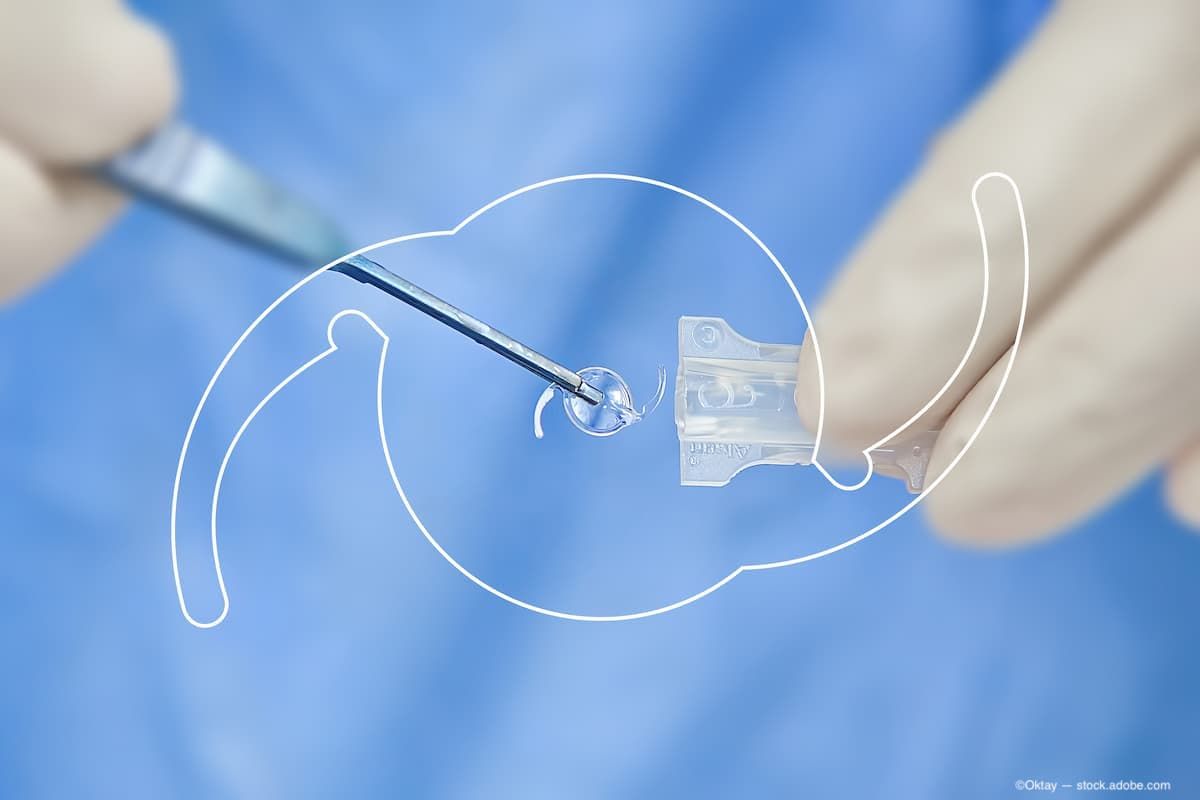Article
Surgeon finds new monofocal IOL lands in a visual ‘sweet spot’
Author(s):
Patients report improved intermediate vision, quality distance sight after surgery

Patients implanted with the Tecnis Eyhance have very good unaided distance vision, even with some refractive error after surgery.
Monofocal IOLS have changed very little in recent years, in part because modern versions have already been providing excellent outcomes. The materials and edge designs were optimized in the 1990s, leading to lower rates of posterior capsular opacity (PCO). Aspheric optics were introduced, which improved optical performance, particularly with regard to contrast sensitivity. With modern lenses, we have long been able to achieve good centration with minimal tilt and stable axial IOL position after surgery.
However, a new monofocal IOL recently received the CE Mark and is commercially available throughout Europe. The monofocal lens (Tecnis Eyhance, Johnson & Johnson Vision) offers a slightly broader defocus curve, for high-quality distance and intermediate vision.
Intermediate vision in a prospective, multicenter, randomly selected subject- and evaluator-masked clinical trial in Europe, 67 subjects were implanted bilaterally with the new lens (study group) and 72 subjects with Tecnis onepiece (ZCB00) IOLs (control group). The study group achieved 20/20 best-corrected distance visual acuity (BCDVA) and significantly improved intermediate vision compared with the control group. The study group also had the same well-established low incidence of halo, glare, and starburst as Tecnis 1-Piece IOLs.
Patient-reported outcomes suggest that the Eyhance IOL allows patients to perform some activities, such as walking on uneven surfaces or engaging in hobbies, with greater ease compared to a standard aspheric monofocal.Positioning this lens
In my practice, this lens is now my monofocal lens of choice. I position it as a better monofocal (which is how it is labeled and priced in Austria), not as a premium IOL. The biggest advantage of this lens is that it has a wider landing zone or “sweet spot” than a typical monofocal, making it more forgiving of small amounts of residual refractive error.
This directly addresses the biggest remaining challenge we have in implanting monofocal IOLs: the relative imprecision of biometry and power calculation. Even the best surgeons frequently do not achieve the intended refractive target of emmetropia, and therefore many patients need to wear glasses for good distance vision.
My experience has been that patients implanted with the Tecnis Eyhance have very good unaided distance vision, even with some refractive error after surgery. With an emmetropic result, the patient is likely to also get improved intermediate (and sometimes even near) vision.
The intermediate/near vision acuity is not what we would expect to achieve with a trifocal or extended depth-of-focus IOL, but it can be significantly better than with typical monofocals.
Familiar features
The lens itself looks exactly like a Tecnis 1-Piece IOL. It has the same base geometry, material characteristics, edge design, haptics, and A-constant. This is an advantage because we do not need to make any changes to our power formula calculations. The Tecnis Eyhance IOL does not rely on diffractive optics and has no rings or zones.
The improved intermediate vision and broader sweet spot is achieved by incorporating a higher-order aspheric surface with a continuous increase in power from the periphery to the center of the lens, while still reducing spherical aberration to nearly zero. In the 50 to 60 patients I have implanted with the lens so far, I have had no reports of nighttime dysphotopsias.
This is in line with the multicenter study data and my expectations, given the lens design. I have also seen no measurable changes in optical performance compared with the Tecnis 1-Piece. For our risk-averse patients who are unwilling to consider either a presbyopia-correcting IOL or even monovision, micro-monovision with this lens could provide a more robust range of vision than would otherwise be possible.
As a monofocal IOL it is appropriate for patients with pathology, including those with the most common sight-threatening conditions: macular degeneration, diabetic macular edema, and glaucoma. I consider even early versions of these diseases (e.g., mild drusen, poorly controlled diabetes) to be relative contraindications for multifocal lens technologies, so I am glad to have a better monofocal lens to offer these patients.
Disclosures:
Oliver Findl, MD, MBA
E: oliver@fi ndl.at
Dr. Findl is chief of the Department of Ophthalmology at Hanusch Hospital in Vienna, Austria. He is a paid scientific advisor to Johnson & Johnson Vision.
Newsletter
Don’t miss out—get Ophthalmology Times updates on the latest clinical advancements and expert interviews, straight to your inbox.





